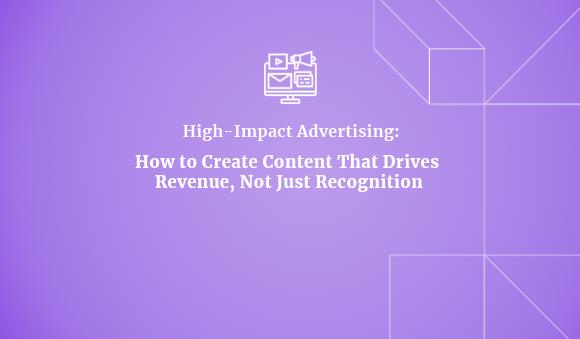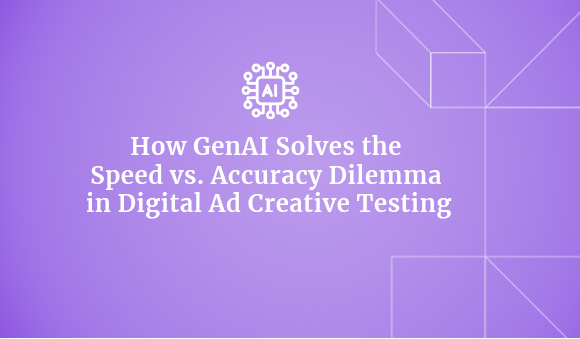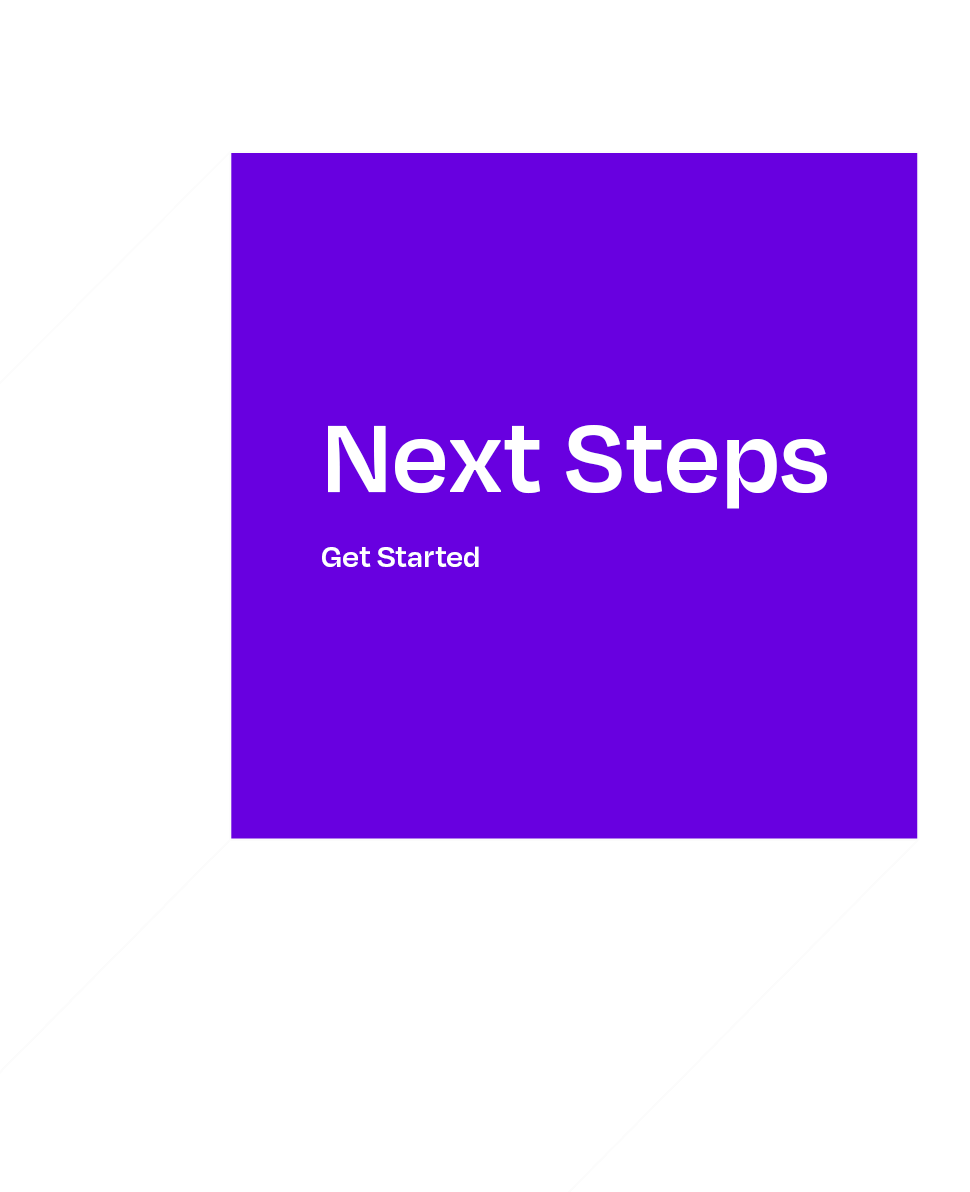Advertisers and those who measure the impact of advertising are obsessed with memory. If advertising is to be successful, it must stick in the consumer’s memory. – Nielsen
Most consumer decisions are memory based.
The decisions do not really happen during the ad exposure, they happen in the aftermath through memory retrieval cues strategically placed by brands across different customer touchpoints.
While the journey of advertising starts with exposing the audience to the products and services through the means of ads, what really matters is how well the ad, the brand, and the products are stored in their memory.
Does that mean as advertisers and marketers, you need to understand the nuances of how human memory works?
Well, yes, and no.
While you do not need to get into the technicalities of human memory, you do need to understand how the human brain processes and then stores the information in memory. Understanding information encoding, storing, and most importantly, retrieval can help develop effective advertising strategies that can maximize the chances of messages being remembered and acted upon.
The Basics of Human Memory
The human brain stores two different kinds of memories: short and long-term. Long-term memory stores the meat of all human memories and is of much importance for advertisers.
Why?
With the right tools and information, advertisers can use the understanding of long-term memory to first encode, store and then retrieve information from their audiences’ memories at the right time i.e., time of purchase to boost the brand’s sales.
But what is memory encoding? And how are you going to store information in the minds of their audience? And most importantly, how is it possible to retrieve information to get their audience to act in a certain way?
In the late 19th century, psychologist Hermann Ebbinghaus was the first person to systematically study the storage and retrieval of memory. He conducted a series of experiments on himself to understand the nature of memory and forgetting and made important contributions to our understanding of memory especially the framework of encoding, storage, and retrieval. This framework is taught in various disciplines in universities. For example, the University of California, Berkely teaches this framework in Psychology 122 under human learning and memory.
The Memory Framework
Encoding is the point of learning new information, Storage is the process of committing the new information to memory over time, and Retrieval is the act of resurfacing said information for future use.
When your audience sees your ad for the first time, the information is encoded in their brains, and associations are formed. The associations formed depend on your ad creative and the use of different creative elements and placement of brand cues and products in it. And the overall story being told in your creative also gets committed in their memories.
So, how, as an advertiser or a marketer, should you go about using this memory framework of encode, storage, and retrieval?
How to Brilliantly Use Memory Framework in Advertising
Step 1: Encoding advertised information
Attention
First, for information in the ad to be encoded into viewer’s memory, they must pay attention to the information. The viewer’s active attention determines which pieces of information are processed and stored in the memory.
When a viewer pays active attention, their mind processes information and starts creating association which means it is more likely to be processed deeply and encoded into their long-term memory from where it can be later retrieved and used.
Hence, for your ads to be remembered and stored in the long-term memory, you need to capture and retain the attention of your audience. You can do this by using bold colors, loud noises, unique smells that are expected to draw attention as they can make your ads stand out and pique the audience’s curiosity. Similarly, something that is unexpected also receives greater attention.
You can also make use of strategies such as repetition and reinforcement which can increase the chances of information getting encoded into their memories.
The power of association
Showing the brand at the beginning of the ad can create a clear association between the ad and the brand. And the longer the association lasts in the ad, the higher the chances of brand getting encoded in the memory of the audience. What you should keep in mind here is that while showing brand cues at the end might seem like the most logical way to create the branded memory/association, what really happens is that the audience will not have enough time to process and create an association.
Showing brand at the beginning as well as ending can also be beneficial for creating branded memory.
Apart from creating the association at the beginning of the ad, maintaining consistency in branding across channels and campaigns can also improve the chances of your brand getting encoded in the memory.
Creating emotional connections by evoking emotions, incorporating distinct brand elements, and repeating these associations spaced out over time are also proven to improve the chances of creating a branded memory.
Preconscious processing
The unconscious perception and interpretation of stimuli that happen outside of our conscious awareness refers to the preconscious processing of information. By engaging in preconscious processing, you can make your ads more memorable as it can help create an emotional or sensory response even before the viewer is aware of the message being conveyed to them.
This can be achieved by incorporating elements in the ads that help engage in preconscious processing. For example, strong imagery, music, or other sensory stimuli can bypass our conscious thoughts and directly impact our emotional state.
Elaboration
The information being presented in the ads can only be transferred to the long-term memory for better retention if consumers elaborate on the information, make links between the advertised information and related concepts already stored in the memory. New memories or associations formed in association with the old memories are easier for human brains to retain and retrieve.
This can be achieved by using familiar concepts and images and making the information personal and presenting it in ways that your viewers are able to connect to their prior memories and experiences.
Step 2: Storing advertised information
Usually, humans process the information and then store it as memories in different categories. These categories occur at various levels—subordinate, basic, and superordinate. For example – oral care can be a superordinate category; toothpastes can be a basic category and toothpastes targeting different needs like teeth sensitivity can be a subordinate category.
What this categorization does is set up expectations in human minds which then guide how the information should be processed and stored.
It is likely that if your ad fits your audience’s expectations of a particular category, it will be processed at a faster rate and your brand information will also be quickly integrated into existing category knowledge.
This can be achieved by understanding the current perception of different categories and available products in the minds of your audience by conducting surveys or through focus groups. Insights gained from understanding their perceptions can help you place certain creative elements in a way the audience expects.
As a marketer, you should be sensitive to how your product is categorized in the memories of consumers (again can be known with the help of surveys). How a complex product is categorized at the initial stages significantly affects how consumers encode, evaluate, and store it throughout its existence.
Step 3: Retrieval of advertised information
Retrieval of information works differently for short-term memory and long-term memory. While it is hard to retrieve information from short-term memory, what we will be exploring in this section are different ways to retrieve information from long-term memory.
- Triggers: Incorporating catchphrases, jingles, or keywords in the ads or different communication mediums can help activate the memory of the information being advertised.
- Distributed repetition: Famously known as spacing effect conceptualized by the psychologist Hermann Ebbinghaus suggests repeating ads in a distributed way as it can be more effective than bombarding the viewers with the information repeated frequently.
- Consistent, but not similar: While brand consistency is important, a void creating a similar ad. Because more often than not, a similar looking ad can only interfere in retrieval of information by either confusing the audience or overwriting the already stored memory.
- Product packaging: You can retrieve advertised information by introducing retrieval cues like headlines or taglines, catchphrases, keywords and more on the product packaging. When a possible buyer sees your product on the shelves in a supermarket and sees these cues on the packaging, their emotional response to the stored advertised information will resurface, ideally making them buy the product.
- Mood congruence: Make your audience feel the same way during the purchase experience as they did while watching your ads. By using platforms like Incivus, you can understand the exact emotional profile of your ad and how different creative elements like music, ad copy, and character emotions are contributing to the same. Once you understand the emotional profile of your ads, you can try and create an emotional and mood congruence between when the ad is shown and the time of purchase.
Memory will always prioritize emotions
Human brains will always prioritize emotional experiences as most emotions have a deep impact on our entire physiology as well. This is called the memory prioritization effect.
Whether they are good or bad emotions, our sensitive little human brains think if something is this important that it aroused emotions, it is important enough to be remembered and hence stored.
While all the above-mentioned nuances around the memory framework of encoding, storage and retrieval are important to consider during the conception of ad concepts, it is of utmost importance to appeal to your audience emotions to make your ads memorable and stored in the long-term memory.





